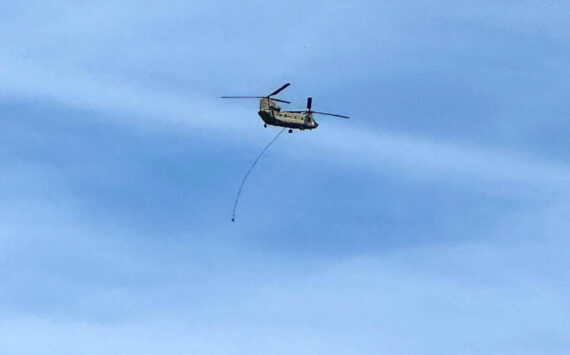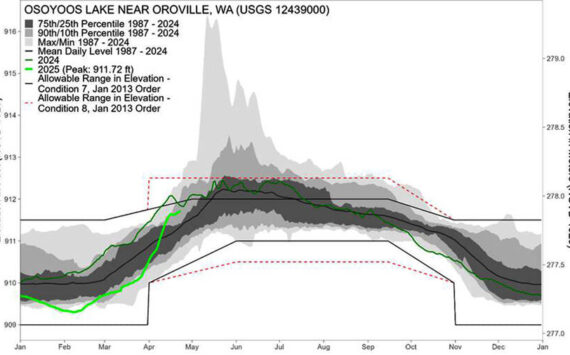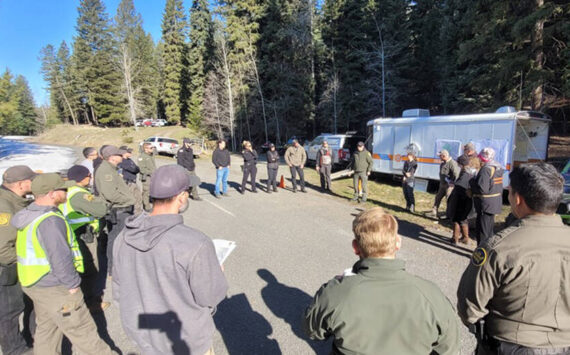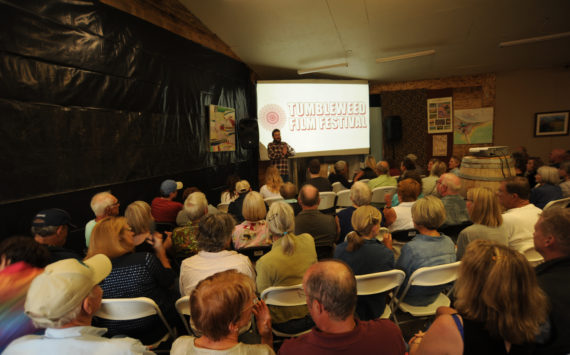 Can you believe it’s been 35 years since Mount St. Helens blew her top. May 18, 1980 had many different impacts on those living in the Pacific Northwest depending on where you were, but many of us still remember what they were doing when they heard the news.
Can you believe it’s been 35 years since Mount St. Helens blew her top. May 18, 1980 had many different impacts on those living in the Pacific Northwest depending on where you were, but many of us still remember what they were doing when they heard the news.
For myself I was on my way back from Spokane, a city that was greatly affected by the volcanic eruption. That Friday I was home in Oroville for the summer from Gonzaga. I drove to Wenatchee to pick up my brother Dante, as well as a couple friends who were competing in district tennis in Wenatchee. I had offered to take them to Spokane to march in the Oroville High School band for the Lilac Festival.
On Sunday we crammed ourselves back into the Datsun for the return trip. As radio reception had been so so, we were mostly listening to the cassette deck and watching what looked like a storm rolling in. Little did we know, until we switched to the radio, that the volcano had erupted. It didn’t really affect our travels home, other than it was pretty exciting news..
My friend Mark Schultz had to wait it out in the Davenport Hotel in Spokane. This was back in the days before the hotel was renovated, so we’re talking about a tiny, very old-fashioned room, not something luxurious. That’s where the Armed Services used to put you up before you headed out to boot camp. and Mark was awaiting being flown out by the Army. If memory serves me right he wasn’t able to leave for a couple of weeks because no planes were flying out of Spokane International because of all the ash and poor visibility.
While some ash settled in Okanogan County, several other counties in Washington and Oregon bore the brunt of the messy stuff. It made it hard to breath in some areas and ash clogged car radiators. Later, as the dust began to settle so to speak, it became more of a curiosity with everyone having their mason jar or other container full of ash. People even started selling items made out of ash as souvenirs.
While for most of us, the eruption was more of a fascinating natural occurrence, that got us thinking about what else in the Pacific Ring of Fire could explode, there were long lasting repercussion from the explosion.
As Sen. Patty Murray writes in her statement last Monday about the eruption, “May 18, 1980, is a day many of us from the Pacific Northwest will never forget. In an instant, the catastrophic eruption on Mount St. Helens took the lives of 57 people, decimated wildlife populations, flattened forests, and forever altered the landscape. Ash darkened our skies, making the morning seem like night.”
She goes on to say, “But while the story of Mount St. Helens is a story of destruction, it is also a story of renewal. Over the past 35 years we’ve seen an incredible return to life. The mountain has become not only a premier destination for nature lovers and adventurers, but also an important laboratory for scientists who come from all over the world to learn valuable lessons about nature’s power to both destroy and regrow.
“We should honor those who died 35 years ago today by continuing to learn from the eruption and by dedicating the resources it takes to predict and effectively respond to natural disasters. We must also be ready to act on the things we can control. Recent news that the Spirit Lake Tunnel on the mountain is in need of significant repair reminds us that we must remain vigilant to the continued dangers that exist for surrounding communities. So as we remember the devastation of 35 years ago, we must all keep working to make sure communities have the resources they need to do everything possible to protect families and homes from future disasters.”






